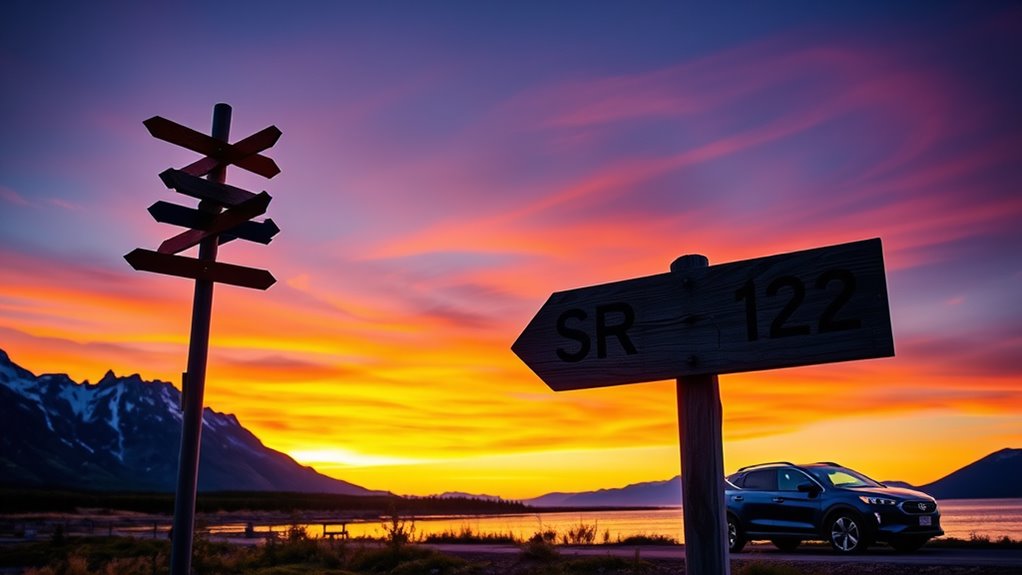Did you know that Alaska has some of the strictest SR-22 requirements in the country? If you've faced serious traffic offenses, you'll need to prove your financial responsibility through an SR-22 filing. This process involves specific insurance coverage and compliance with state regulations. Understanding these requirements is essential, especially since they can affect your driving privileges for years. What happens if you fail to meet these obligations?
If you've faced serious traffic offenses or had your license suspended in Alaska, you might need to file for an SR-22, a certificate proving your financial responsibility. This document isn't an insurance policy; instead, it verifies that you meet the state's liability coverage requirements. For Alaska, that means having at least $50,000 per person and $100,000 per accident for bodily injury, along with $25,000 for property damage. Filing for an SR-22 typically comes into play after you've committed serious traffic violations, had your license suspended, or been caught driving without insurance. SR-22 insurance is often required following incidents such as DUIs or reckless driving.
The SR-22 requirement usually lasts three years, but if you've had multiple offenses, it could stretch up to 20 years. Keep in mind that insurance companies will charge a fee for filing the SR-22 form, which generally ranges between $15 to $25. Be prepared for these additional costs, as they're part of the process of reinstating your driving privileges.
The SR-22 requirement typically lasts three years, but can extend up to 20 years for multiple offenses.
When you apply for an SR-22, your insurance company will file the necessary form with the Alaska DMV. The processing time for this can be quick; it can start as soon as the certificate is issued. However, your insurer will also notify the DMV if your policy lapses or gets canceled, which could lead to further complications. If you fail to maintain compliance, you might face additional fines or a suspension of your license.
If you don't own a vehicle, you can still obtain an SR-22 through a non-owner insurance policy. This type of coverage provides liability protection when you drive borrowed or rented vehicles. It's crucial to verify that your policy meets Alaska's minimum liability requirements, even if you don't own a car. This can be a cost-effective solution for those who occasionally drive. Non-owner car insurance is often more affordable than standard car insurance policies.
When it comes to insurance rates, expect that SR-22 insurance is generally more expensive than standard insurance. On average, you might pay around $1,759 annually for SR-22 coverage in Alaska. The exact rates can vary greatly based on the nature of your infraction and your city of residence. For instance, if you live in a larger city like Anchorage, your rates could be higher compared to smaller towns.
As a high-risk driver, your situation might lead to challenges in securing affordable insurance. Insurers often classify you as a higher risk due to multiple infractions or DUIs, which can result in increased premiums. It's wise to shop around and compare rates from different companies to find a better deal.
Conclusion
In conclusion, if you need an SR-22 in Alaska, make sure you understand the financial responsibility requirements and the duration of the filing. It's essential to work with an insurance company that can file the SR-22 on your behalf. Remember, you don't want to add fuel to the fire by missing deadlines or failing to meet coverage limits. Stay proactive and compliant, and you'll navigate this process smoothly, keeping your driving privileges intact.


